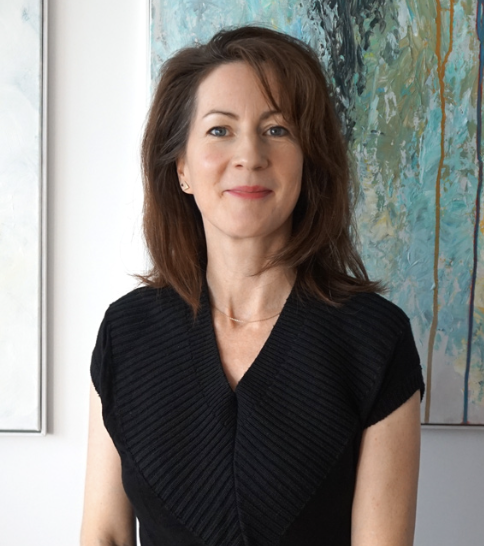It is quite common to get entangled in thoughts trying to establish who we are - and why we are who we think we are. Thoughts around our own sense of self and life events in the past can dominate our thinking. Over and over we re-tell ourselves certain events which confirm our beliefs about our self-concept. This way many people form a fixed image of themselves and hold onto it tightly, as if their very existence depended on it.
However having a rigid concept of who we are is linked to a myriad of problems. Whether our concept of self is full of negative or positive attributes - both are unhelpful in the long run. A predominantly negative self-image can lead to low confidence and giving up easily or not even trying things out. On the other hand a very positive self-image can lead to being stifled by ones own expectations, leading to fear of failure, fear of taking risks and ultimately this can lead to inertia and inaction.
Living with and according to a rigid concept of self means cutting out lots of options.
Why a rigid self-image is limiting
A fixed self-image is taken into every situation and thereby 'pre-loads' that situation. You might have already encountered people who take this to the extreme, starting off by telling you within the first few minutes of meeting: "I am like this and that ... because of this and that...so I am very..." That is on one end of the spectrum, but it is very common to assert and postulate ones self-image upfront to some extent. In many cases this is much more subtly done, e.g. through hints or via facial expressions and body language. Most people are not even aware that they are doing it.
This behaviour pattern is likely to trigger similarly robotic reactions in the people confronted with it. They often counter with their own rigid story of self or alternatively shut down and just answer with monosyllables. Either way they will quickly form a fixed image of the other person, even though this might differ from the one that was intended to be portrayed. In most cases this immediate presentation of one's rigid self-image is not helpful for communication and it does close off avenues and opportunities for the unexpected to happen or for something new to reveal itself.
The irony is that any self-image is relatively arbitrary. We have lived through thousands of minutes of hours of days with millions of things happening, however naturally we can only remember a few percent of these things. So we hold on to only a few memories and keep them alive in our minds by re-telling them over and over again - to ourselves and others. Thus we form our self-image.
In therapy we try to find and highlight alternative memories which undermine a self-image that is unhelpfully rigid. We aim to foster the realisation that it is irrational to judge ourselves by those few events from all past moments, situations and encounters.
Another aspect is, that positive attributes are always to some extent linked to external factors or rely on comparisons with others. This inevitably means that it is irrational to sum these up in a single characteristic or global rating of ourselves. The house of cards can come crumbling down when external factors change. Comparisons with others, these days often fed by social media, are ultimately arbitrary as there are millions of people we could compare ourselves with and therefore they are meaningless. We mostly fail to see this and in particular the making of "upward comparisons" is a frequent source of emotional disturbance.
Social media also often supports the forming of a rigidly constructed self-image as we are literally picking photos, sentences and events which we want to describe us and thereby deliberately create a conceptualised self.
I'd like to quote Daniel Kahneman here, who wrote some beautiful words on this, even in a different context:
"Odd as it may seem, I am my remembering self, and the experiencing self, who does my living, is like a stranger to me."
In therapy we can learn to get back into our "experiencing self", as Kahneman calls it, and practise to suspend both negative and positive value-judgements about ourselves.
It can also help to realise that no sensation, feeling or thought is constant and that no sensation, feeling or thought defines us. There is no point in attempting to evaluate and label oneself as a whole, and all it does is limit our psychological flexibility and resilience.
We can learn to observe thoughts from a distance, diffuse thoughts and detach from them, no longer being defined by them. Finally the awareness sets in that human experience is overall transient. We can then move on from identifying with the content of our consciousness, our feelings, thoughts, etc to experiencing our self as the field of our consciousness and therefore the context of mental and emotional processes.
Letting go of a fixed self-image can at first feel like a loss, but eventually it is a relief when we do not need to uphold and defend a flawed and irrational concept anymore. An experienced therapist can guide and help through this process.
Jasminka Letzas is a verified welldoing.org hypnotherapist in London

